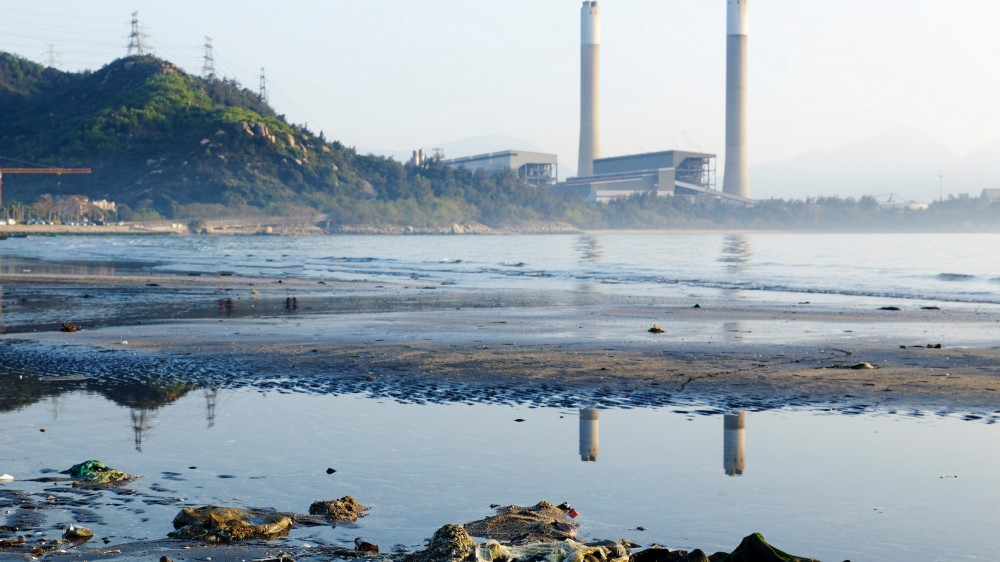Coal-fired power production poisons waterways with toxic metals.
Discharges from power plants alone contribute a third of all the toxic pollution in our environment. Coal-fired power plants poison waterways and the fish that swim in them.

Every year, coal-fired power plants dump millions of tons of toxic metals into our waterways. Coal plants across the country dispose of heavy metals like selenium, mercury, arsenic, cadmium, thallium, and lead into our waterways, polluting our drinking water, fishing areas, and local rivers and streams. Research has shown exposure to these dangerous chemicals can lead to birth defects, cancer, and even death. Limiting these pollutants will not only clean up our water, but also save lives. The EPA estimates that discharges from power plants alone contribute a third of all the toxic pollution in our environment.
How Toxic Mercury Poisons Our Food
Burning coal releases toxic mercury that rains down into rivers and streams. This poison then accumulates in the food chain, eventually making its way into our bodies when we eat contaminated fish. Mercury, a powerful neurotoxin, can damage the brain and nervous system.
Women who are pregnant or thinking of becoming pregnant are especially at risk--mercury exposure can harm fetus’ developing brains and nervous systems. Children who were exposed while in the womb can develop problems with memory, attention, language, motor skills, and spatial skills later in life.
Though the Obama Administration put strong standards in place to curb mercury emissions from coal-fired power plants, the Trump Administration’s Environmental Protection Administration has proposed rolling back those Mercury and Air Toxics Standards.
The Danger of Coal Ash Ponds
Each year, coal-burning power plants in the United States produce millions of tons of coal ash pollution, the toxic by-product of burning coal. This waste is stored at sites across the country, and causes water quality problems in affected communities.
Coal plant ash waste is often mixed with water and stored in ponds, which threaten America’s waterways. When flooded, when they leak, or when they are otherwise compromised, those ponds can poison freshwater sources nearby, including lakes, rivers, and streams, with a toxic soup.
Coal ash ponds are also often placed in low-income communities and communities of color. This environmental injustice affects at least 1.5 million people of color in coal ash pond catchment areas.